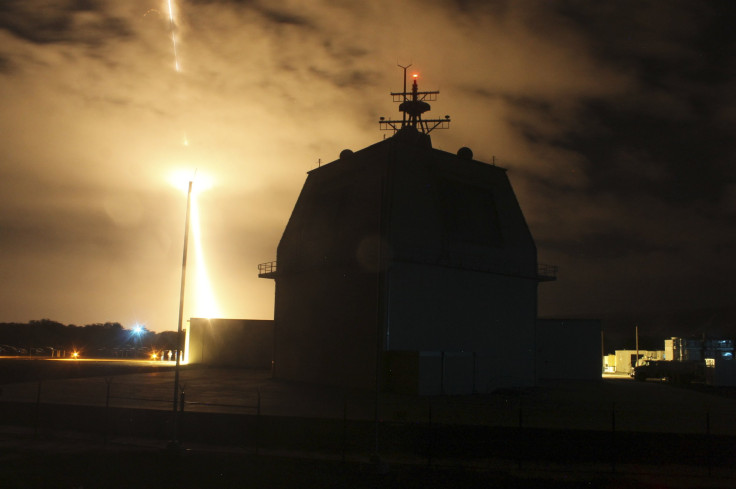US Missile Defense Agency Plans To Spend $38 Billion By 2020

The U.S. Missile Defense Agency, whose budget is proposed by the president, is planning to spend about $38 billion through 2020, the Government Accountability Office (GAO) said in a report released Thursday. The report also noted that MDA conducted a successful test for an intercontinental ballistic missile in 2015, but did not complete all of the testing it had planned for the year, increasing the risk of delays in future testing.
According to the report, MDA carried out 11 of 20 flight tests, including key flight tests to deliver its European Phased Adaptive Approach Phase 2 that provides defense of the country’s allies and forces in Europe. However, between 2010 and 2015, the agency delayed or removed about 40 percent of its planned flight tests, GAO said in the report.
MDA successfully conducted an intercept flight test before resuming production of the GMD CE-II interceptors. However, the report said the agency continues to use acquisition practices that risk cost growth and performance of the Ballistic Missile Defense System [BMDS].
“GAO previously recommended in March 2011 that MDA report costs associated with tests, and any changes to tests, in the BMDS Accountability Report or budget documentation submitted to Congress. MDA concurred and has partially implemented this recommendation. MDA officials explained that they do not track the actual costs of flight tests; thus, it would be a significant undertaking to compile this information,” the accountability office said.
“Since 2002, MDA has received approximately $123 billion to develop and deploy the BMDS, which is a highly complex group of systems,” the GAO report said.
Furthermore, it said that MDA plans to spend around $38 billion, approved by President Barack Obama, “to continue its efforts to develop, integrate, and field BMDS elements and targets necessary for testing.”
In a February report, GAO had said the agency’s efforts to bolster its missile defense system were using risky acquisition practices. GAO said, for instance, that MDA demonstrated “some” capability to defend against ballistic missile threats, “but several other key aspects necessary to prove it can defend the U.S. homeland against the current ballistic missile threat have not been demonstrated.”
© Copyright IBTimes 2024. All rights reserved.












